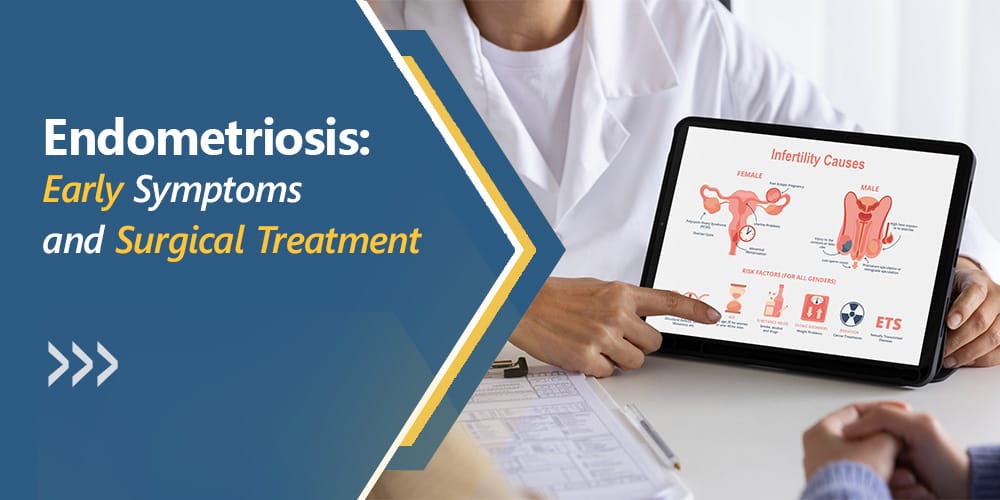You must have heard of contraception. It plays a crucial role in family planning, reproductive health, etc. If you wish to prevent any unwanted pregnancies, contraception is the way forward. While hormonal contraceptives such as birth control pills are very commonly used, for some women, it is not an option. They may want to opt for alternative options to avoid any side effects, have a health issue, or are currently nursing.
For those women, non-hormonal contraceptive methods are the option. This is the contraceptive method that can effectively help women prevent any pregnancy without altering their hormones.
Through this blog, I, Pankhuri Gautam, an expert gynecologist in Jaipur, wish to educate my readers on non-hormonal options, their effectiveness, and suitability.
What are Non-Hormonal Contraceptives?
Non-hormonal contraceptives are the methods that are used to prevent pregnancies that do not include altering women’s hormones. Condoms are a well-known type of this, but there are many others.
Why Choose Non-Hormonal Contraception?
Choosing non-hormonal contraception over Hormonal Contraceptives has its benefits.
- Non-hormonal contraception does not create hormonal imbalance, whereas hormonal Contraceptives such as Birth control pills work by altering the women’s hormones.
- Non-hormonal contraception is often suggested to women who are breastfeeding mothers, as hormonal contraceptives can affect the milk supply.
- Hormonal Contraceptives often require prescriptions from doctors, whereas non-hormonal contraceptives, such as condoms, do not require a doctor’s prescription.
- Hormonal Contraceptives often have side effects such as nausea, mood swings, increased risk of blood clotting, etc, whereas non-hormonal contraceptives do not have these side effects.
- Most non-hormonal methods (except sterilization) allow for an immediate return to fertility upon discontinuation.
Choosing suitable contraceptives cannot be done on your own; you should consult an expert as they can provide you with proper consultation. I prefer to provide personalized advice based on the women’s routine, lifestyle, etc.
Types of Non-Hormonal Contraceptives
There are multiple non-contraceptive types and methods. Let’s discuss them in detail.
Barrier Methods
Barrier methods refer to contraceptives that prevent the sperm from reaching the uterus of the woman, thus preventing the fertilization of eggs. Let’s discuss some of the barrier methods commonly used-
Diaphragms
- This is a soft silicone dome shape which is placed in the vagina. This helps to block the semen from entering into women’s bodies. You don’t need a doctor to insert it. But it’s a good idea to see a doctor or nurse to learn how to put it in and to check if the diaphragm fits appropriately.
- You can use diaphragms before you have sex, and it is reusable for 12 months.
- Once you place a diaphragm, it’s held in position by your pelvic muscles.
Cervical Caps
- As the name suggests, it is a silicone cup-shaped cap smaller than a diaphragm.
- You put it deep inside your vagina to cover your cervix.
- This cap covers your cervix, stopping sperm from joining an egg.
- For a cervical cap to work best, it must be used with spermicide ( a cream or gel that kills sperm).
Male Condoms
- This is the most common protection used by men during sex. This is a product made out of latex which is worn on the penis.
- This helps men to prevent their semen from entering into women’s vagina.
- Condoms not only help in preventing unwanted pregnancies but also safeguard women from HIV and STDs.
Female Condoms
- These are also known as internal condoms, which women wear during sex. This is a soft plastic pouch which is inserted inside the vagina.
- They cover the inside of your vagina, creating a barrier that stops sperm from reaching an egg.
- The internal condom also helps prevent sexually transmitted infections.
Intrauterine Devices (IUDs)
These are T-shaped plastic pieces known as intrauterine devices. It goes into the uterus to prevent pregnancies.
Copper IUDs
- Copper IUDs are made of copper and plastic and are usually T-shaped.
- The copper creates an inflammatory reaction in the uterus that is toxic to sperm, preventing fertilization.
- These are about 1-1.5 inches and are inserted inside the uterus.
- It is inserted by a doctor only.
Natural Methods
This method requires no doctor’s instruction; it is more of a behavioral method.
Pull-out method (Coitus Interruptus)
- The pull-out method is a very commonly used method by men.
- In this method, men pull their penis out of the vagina before it ejaculates.
- It is unreliable as it can also be difficult for the man to get the timing right.
Permanent Methods
These are the permanent methods.
Male Sterilisation (Vasectomy)
- This method requires a surgery called a vasectomy.
- It seals the tubes that carry sperm out of a man’s testes.
- It is a 100% effective method to avoid any unwanted pregnancies.
- If, in the future, you wish to have babies, you can get the vasectomy reversed and plan a child after that.
Female Sterilisation (Tubal Ligation)
- In this, through a minor surgery called tubal ligation, a woman’s fallopian tubes are blocked to prevent an egg from reaching her uterus.
- This is a 100% effective method to avoid unwanted pregnancies.
- This is a permanent solution, and unlike vasectomy, it cannot be reversed.
Considerations When Choosing a Non-Hormonal Method
There are certain factors you should consider when you are choosing a Non-Hormonal Method-
- Lifestyle- Consider how active you are and which contraceptive method best fits your everyday life.
- Ensure to keep an account of your health condition, which may affect your choice of non-hormonal contraceptives. For example- if you have allergies to Latex- choosing a condom is not a wise choice.
- You should understand that just like hormonal contraceptives require consistency, so do the non-hormonal contraceptives. You must rely on consistent and correct usage for optimal effectiveness.
- Consider how the method might affect your spontaneity and satisfaction. For example- if you are choosing condoms, they require preparations every time you wish to have sex; on the other hand, if you are selecting an IUD, you do not have to plan anything before having sex.
Conclusion
Through this blog, one thing is clear: there is always a solution. Choosing a non-hormonal contraceptive method requires you to assess your needs, practical considerations, and personal preferences. You have to choose something comfortable for you and also for your partner. By carefully analyzing factors such as lifestyle, health condition, etc., you can make a decision that best suits your circumstances.
You can contact me if you wish to consult or get expert advice. I can help you make an informed choice that will not only help you effectively prevent unwanted pregnancies but also enhance your overall reproductive health!





